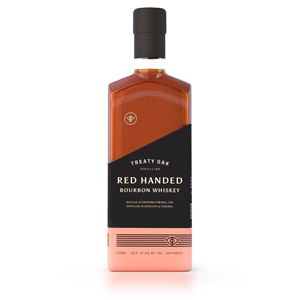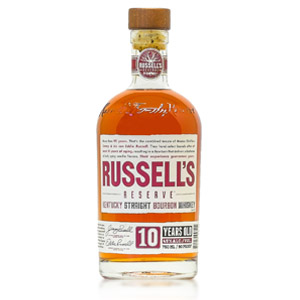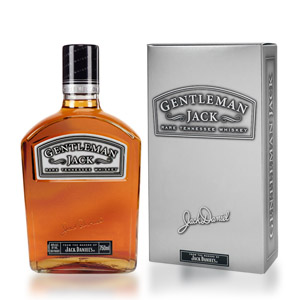Treaty Oak is a Texas distillery founded in 2006 near Austin with a story so familiar that I’m getting tired of repeating it on this blog. An upstart distillery, not enough startup capital, long time to wait for whiskey to age, blah blah blah. These guys added a clever twist by branding their “get sourced whiskey to pay the bills” bottlings under the “Red Handed” moniker. In other words, they stole somebody else’s whiskey. Yuk yuk. Thankfully, there is also a “grain to glass” bottling of the distillery’s own output called Ghost Hill, now reviewed here. The distillery also has a sourced 10 year-old rye.
For now, we have a blend of two sourced whiskies from Virginia and Kentucky. Another twist: no MGP! The first is a 2 year-old bourbon from the O.Z. Tyler distillery in Owensboro, Kentucky with a mashbill of 70% corn, 21% rye, and 9% barley. The second is a 4 year-old bourbon from Davis Valley Distillery in Virginia with a mashbill of 66% corn, 14% rye, and a hefty 20% barley. These are both aged in new American oak (they’re bourbon after all) and the marriage is bottled at 95 proof (47.5% ABV).
Let’s pause here for a second and analyze those two components. The first is from another upstart distillery, whose first bourbon hit shelves in April of 2018. Alarmingly, that bourbon is “fast-aged” with TerrePURE. Here’s how I view that particular fresh Hell. Thankfully, I have confirmation from Treaty Oak that the O.Z. Tyler component is traditionally-aged in oak, and was not subjected to the TerrePURE process.
The second component is from a little Virginia distillery that makes moonshine (of course), vodka, and several whiskies.
Treaty Oak is in the middle of an expansion, looking to market its products beyond Texas. Thanks to Aaron at Ro-Bro Marketing for the samples!
Nose: Papery, with an initial waft of smoke and black pepper. A wide (or “round”) aroma profile of dry corn husks, wood chips, black licorice and a slight ashy fungal note. Not sweet. It takes a rest in the glass to reveal some lively notes of peach and nougat. Definitely give this some time to open up.
Palate: Medium bodied with a medium tongue burn (not bad for nearly 50% ABV). Palate notes seem shyer than the aroma, but include cherry wood, maraschino cherries, and (finally!) a raft of rye spices… principally cinnamon. There is also a continuation of the black pepper and licorice from the nose.
Finish: Of medium length. Ashy again with a mouth-drying oaky tannin and faint honey and corn-syrup. Fades with a ghost of candied cherries and menthol, and totally without bitterness.
With Water: Several drops of water bring out some grassiness along with a strong suggestion of rye grain that continue from the aroma through to the tongue, where it thins the body. Water doesn’t hurt anything here, but really doesn’t add much either.
Overall: This is indeed something different. Drier than most bourbons, and with an interesting set of wood notes that lean towards the smoky. A rest in the glass adds some much needed balance in the form of fruit and light sweetness. The whole is very dry, though, which I appreciate.
At $40, it’s priced a little high. However, it appears that deals down into the $30 range are available. I’d be satisfied to pay $30 for this.









Thanks Noob, that was unexpected … the tasting notes seem fairly unique for you. Doubt this will pop up here in Denver but I’ll keep an eye out. Does it remind you of anything else you’ve had?
It reminds me a bit of the dryer Buffalo Trace bourbons (Buffalo Trace, not Eagle Rare), and bit like a “craft” version of some of the Beam bourbons, like Knob Creek. It could also be compared to Elijah Craig but without as much heavy-handed wood. It does strike me as different, but not exactly unique or unprecedented. It’s definitely still bourbon. 😉 Cheers!